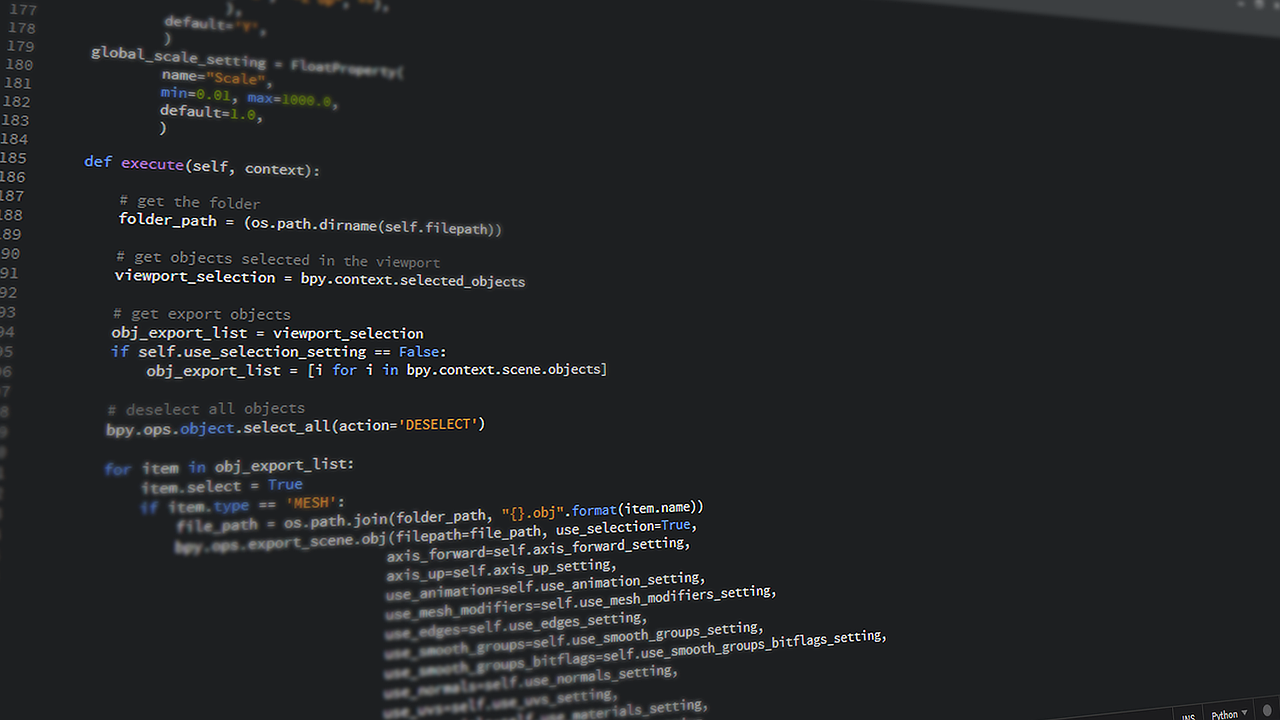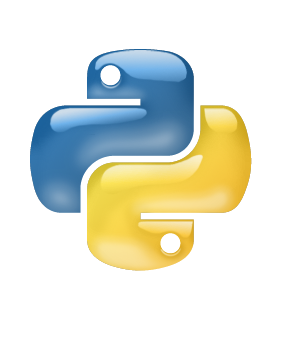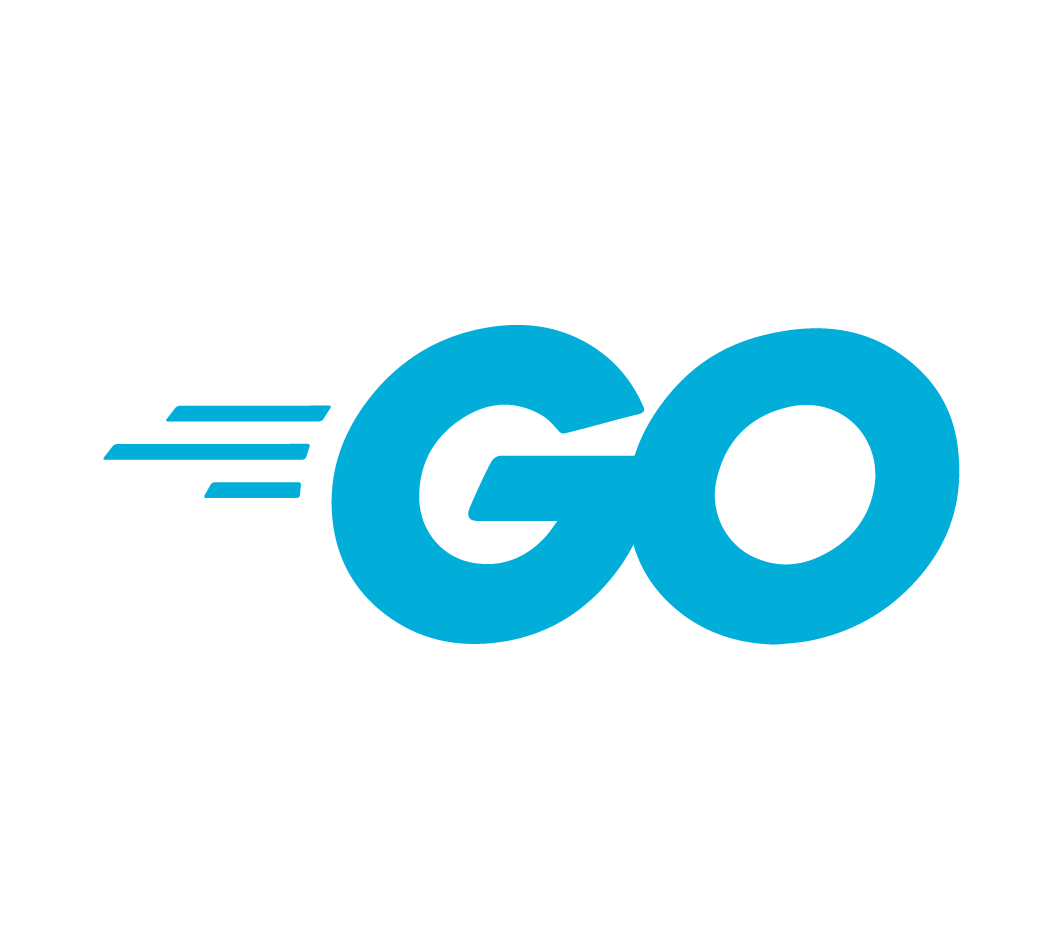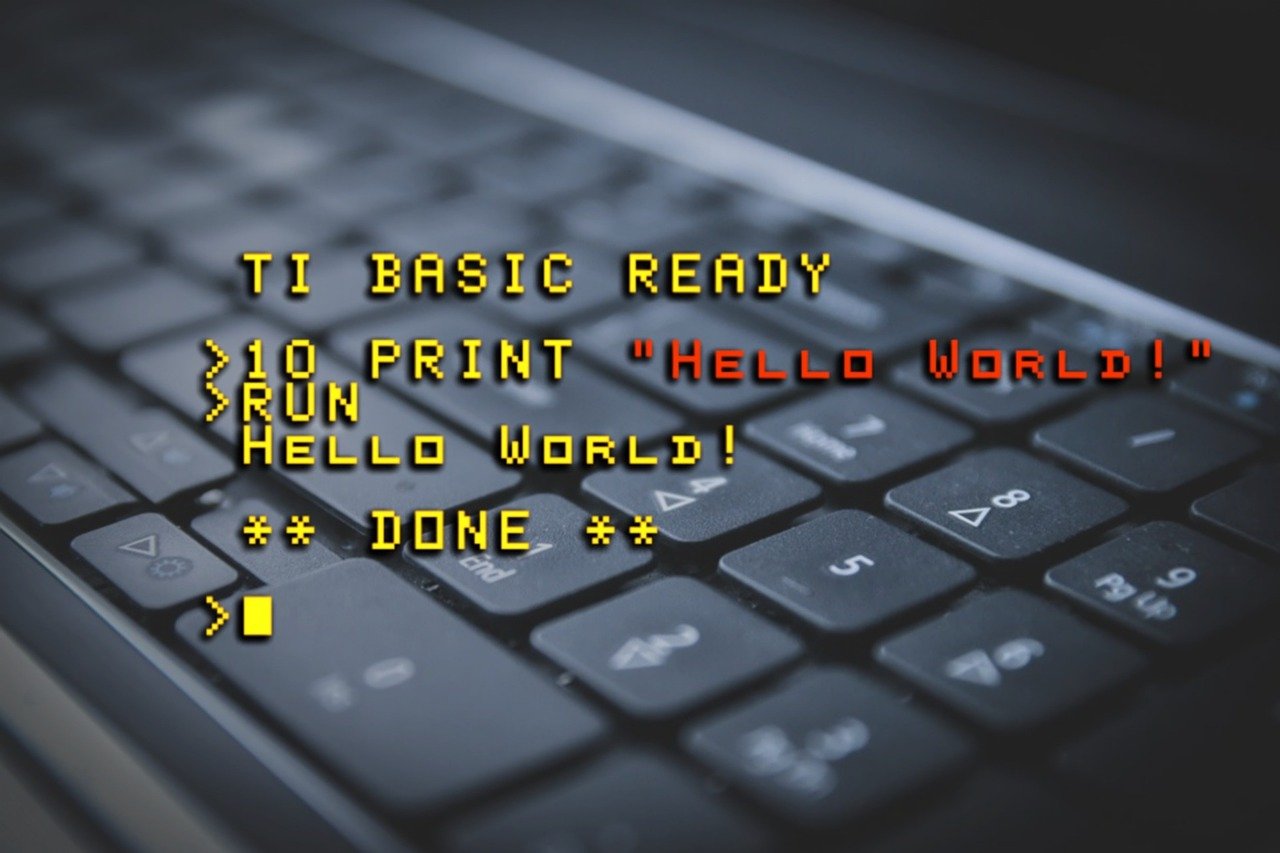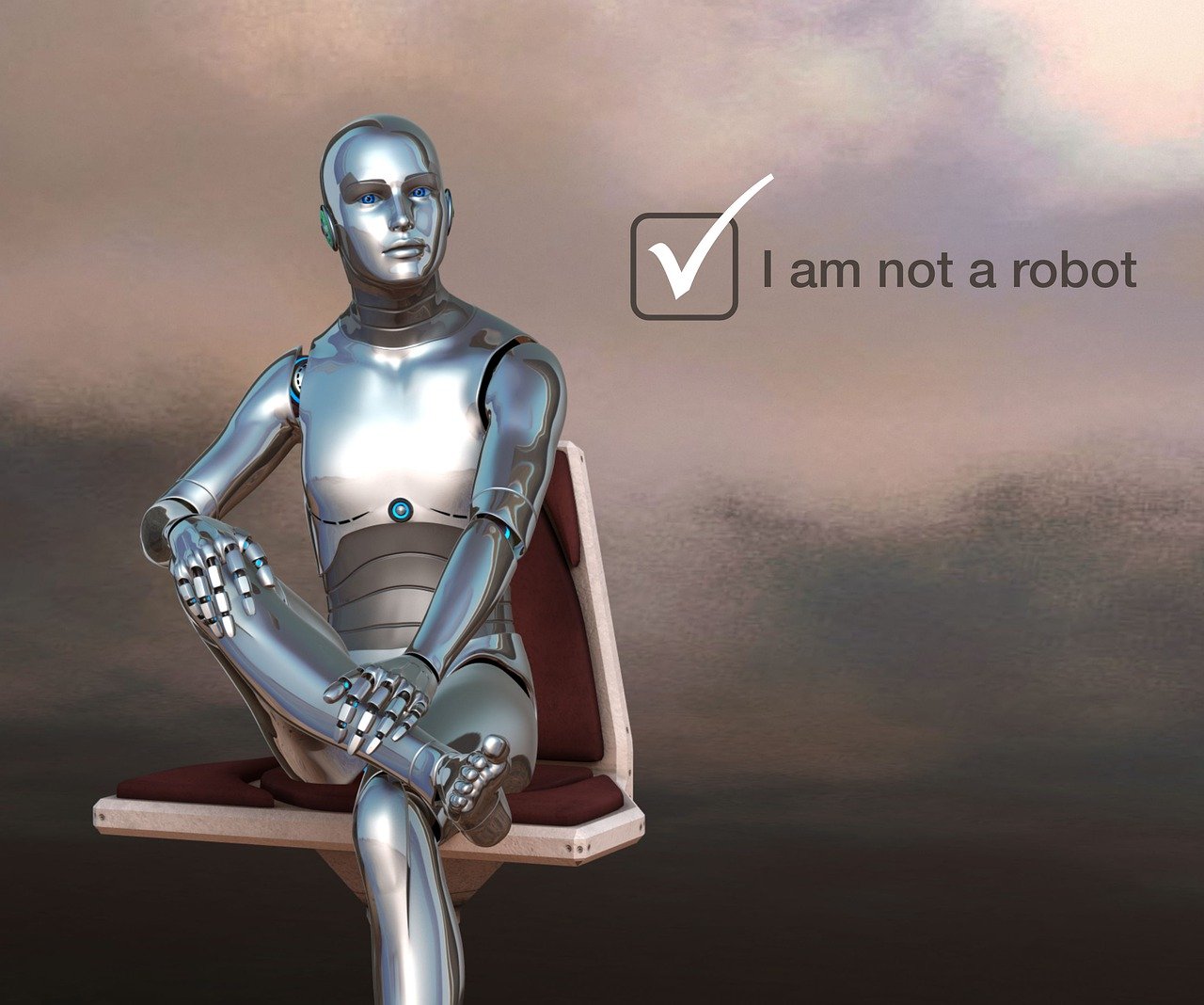
Nestled amidst Google's vibrant culture of innovation, a small team embarked on a bold ambition: to create a programming language unlike any other. This was the genesis of Go, a language destined to carve its own path in the digital landscape. Its story is one of vision, refinement, and ultimately, a meteoric rise to prominence.
The Seeds of Simplicity: In 2007, Robert Griesemer, Rob Pike, and Ken Thompson, seasoned software architects at Google, grew weary of the complexities plaguing existing languages. C++ demanded intricate memory management, Python lacked static typing, and Java felt cumbersome. They yearned for a language that was:
Thus, Go was born. Its name, a playful nod to the "go" package in Unix systems, hinted at its focus on simplicity and practicality.
From Sandbox to Open Source: The early years were a period of intense development and experimentation. Google engineers used Go internally for various projects, gradually polishing its features and proving its potential. In 2009, Go emerged from Google's garage and into the open-source world, embracing the community and inviting collaboration.
A Community Blossoms: The open-source release triggered a wave of enthusiasm. Developers, drawn to Go's elegant syntax and powerful features, began building diverse applications, from web servers and network tools to machine learning algorithms and cloud infrastructure. The Go community blossomed, with passionate users contributing libraries, documentation, and insightful feedback.
From Niche to Mainstream: Initially viewed as a language for internal projects at Google and startups, Go began to infiltrate established companies. Dropbox adopted Go for its backend infrastructure, Soundcloud built its entire platform on it, and Netflix embraced it for video encoding. These high-profile endorsements cemented Go's reputation as a reliable and high-performance language.
The Present and Beyond: Today, Go stands as a leading programming language, boasting millions of users and an ever-expanding ecosystem. Its simplicity has attracted large technology companies and individual developers alike, making it a versatile tool for diverse projects. From web development and cloud computing to data science and embedded systems, Go's reach extends far and wide.
The Future Beckons: The language continues to evolve with the demands of its growing community. Recent years have seen the introduction of generics, improving type safety and expressiveness. The future holds promise for further advancements, including better tooling and performance optimizations.
The story of Go is a testament to the power of a well-defined vision and a vibrant community. Its creators sought to simplify the lives of programmers, and in doing so, they crafted a language that has empowered millions to build the future. As Go continues its ascent, one thing is certain: its journey from Google's garage to global stardom is far from over.
Your email address will not be published. Required fields are marked *















